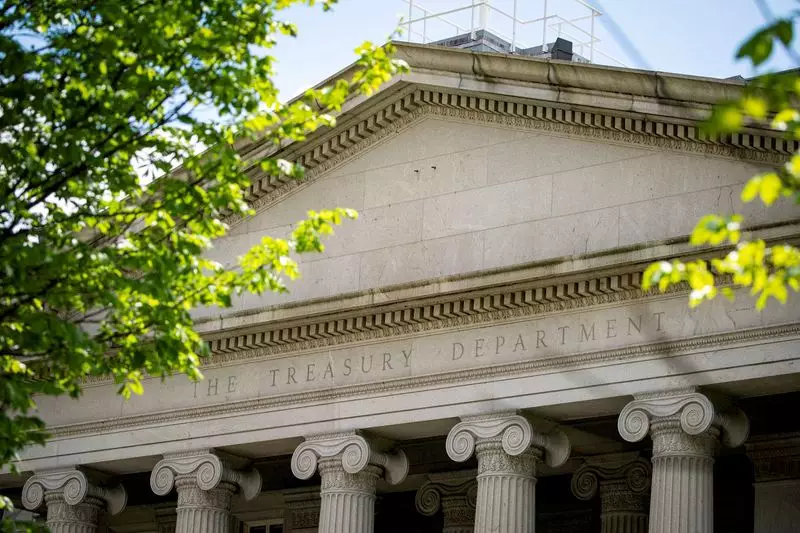As the U.S. presidential election draws near, bond investors are reevaluating their strategies due to the uncertainty surrounding the outcome. Following President Joe Biden’s lackluster performance in the first presidential debate against Donald Trump, yields have seen a sharp increase, leading investors to speculate on the possibility of a second Trump presidency. The benchmark 10-year yield rose significantly post-debate, reflecting concerns about higher inflation and escalating debt levels under a Trump administration. While Trump’s team argues for pro-growth policies that would lower interest rates and reduce deficits, some experts warn of the long-term consequences of widening fiscal deficits and rising government debt.
Market analysts like Mary-Therese Barton have started to shift their focus towards the fiscal and debt dynamics of the U.S. economy. Worries about the sustainability of current debt levels and the impact of growing deficits on the bond market are becoming more prevalent. The expectation of a rate-cutting cycle is now in doubt, with a stronger emphasis being placed on the longer end of the yield curve. Investors are wary of potential risks associated with a Trump election victory and are bracing for continued upward pressure on yields in the near term.
For bond bulls, the outlook for longer-dated Treasuries has become increasingly uncertain as economic growth, inflation, and fiscal concerns come into play. While shorter-dated Treasuries may still rally in response to rate cuts, longer-dated debt instruments are facing headwinds. The expectations surrounding the cutting cycle and inflation levels remain critical factors influencing bond market behavior. The upcoming election adds another layer of complexity, making predictions about the 10-year Treasury yield especially challenging.
Investors who had anticipated a normalization of interest rates earlier in the year are now grappling with the Federal Reserve’s reluctance to implement rate cuts. The significant change in market sentiment has led to frustration, particularly among those who had taken large positions based on previous expectations. The evolving landscape of monetary policy has turned what seemed to be a straightforward trade into a source of uncertainty and patience testing for many investors. The struggles with negative total returns and declining yields highlight the challenges facing bond investors in the current environment.
Optimism Amidst Uncertainty
Despite the prevailing uncertainty, many investors remain optimistic about the potential for bond market appreciation in the months ahead. With yields becoming more attractive in a context of higher rates, there is hope for improved total returns in the second half of the year. The outcome of the election, regardless of the winning party, is expected to impact the deficit and shape the future trajectory of the bond market. As economic indicators fluctuate and market dynamics evolve, bond investors are preparing for a period of continued volatility and adjustment.

